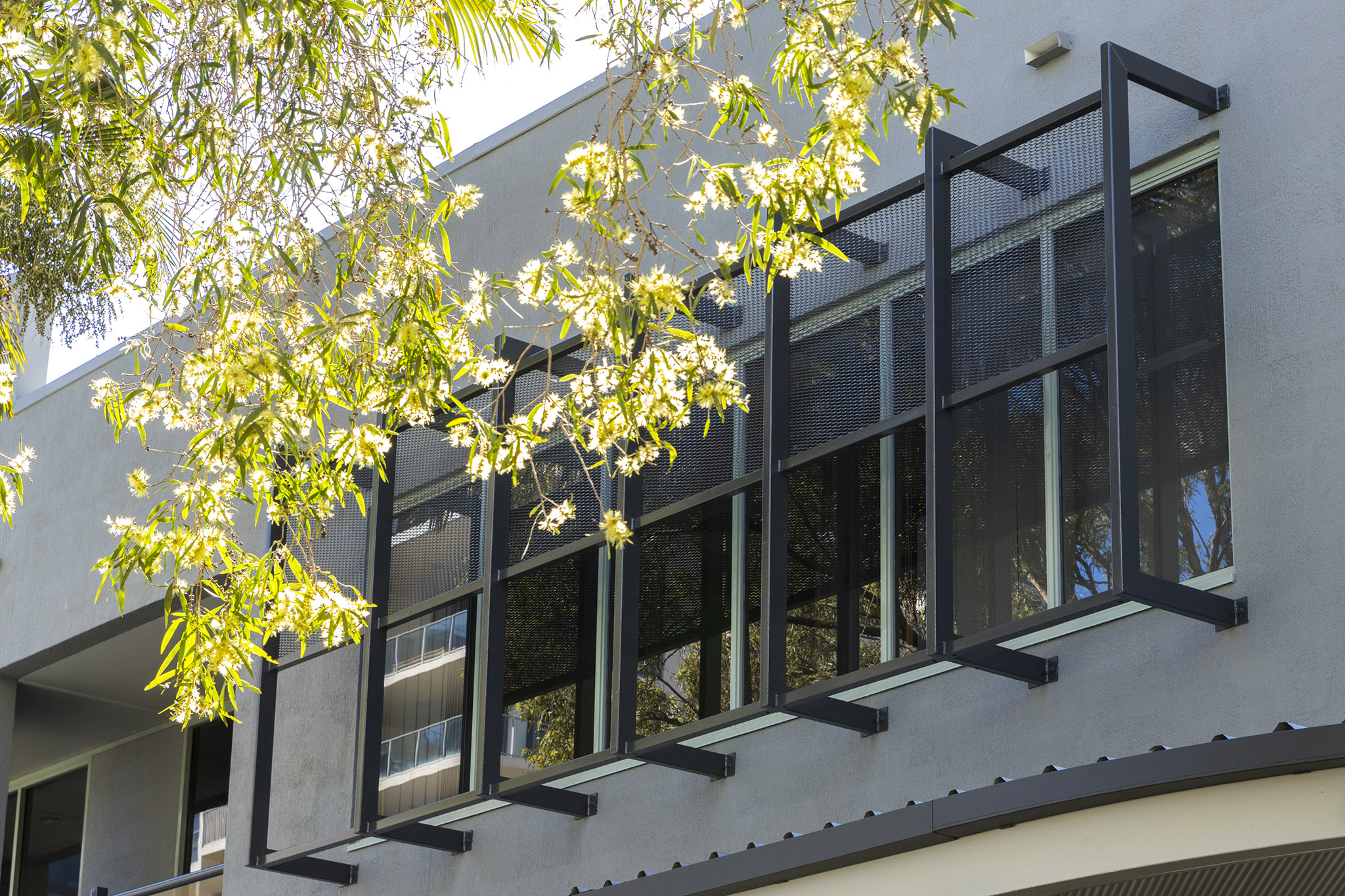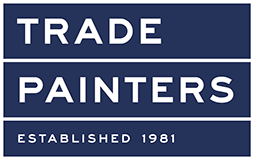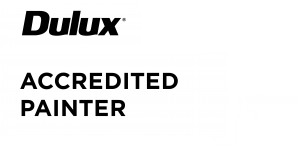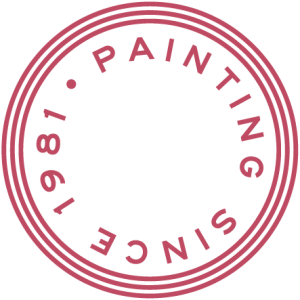Have you ever strolled through a pristine office foyer only to spot a peeling patch of paint and thought, “Gee, someone really dropped the ball there”? In commercial buildings, paint isn’t just about looking good; it’s part of your building’s first line of defence.
Letting little chips and blisters slide is a bit like ignoring a squeaky wheel on your car—sure, it seems trivial until it grinds to a halt. With insurance premiums creeping ever higher and budgets tighter than ever, treating painting maintenance as an afterthought is a recipe for unexpected headaches (and hefty bills). A touch‑up today can save you from an emergency overhaul tomorrow.
Why Your Insurer Cares More Than You Think
When’s the last time your broker asked for your painting maintenance records? If it’s been a while, don’t be surprised if your next renewal quote arrives with an unwelcome spike. Insurers have cottoned on to the fact that neglected coatings lead to moisture ingress behind fire‑rated walls, corrosion of structural steel and mould outbreaks in damp corners. They’re now rewarding businesses that keep a documented schedule of inspections and minor repairs with lower premiums or at least fewer surprise loadings. In other words, a modest annual painting budget shows you’re on top of risk management—and they’ll happily give you a break for it.
Spotting the Subtle Signs Before They Snowball
It’s amazing how easy it is to miss the first whisper of trouble on a painted surface. Commercial environments dish up their own special challenges, think trolley scuffs in corridors, harsh cleaners in kitchens, and relentless UV beating down on external facades. Here are the tell‑tale early signs that warrant taking a closer look:
• Bubbling, blistering or peeling at corners and rebates often hints at moisture trapped beneath the film, whether it’s from a leaky pipe above or condensation behind the wall.
• Fine cracks along joints and cornices usually point to substrate movement—or simply paint that’s given up after years of expansion and contraction in Brisbane’s summer humidity.
• Peeling edges around windows and door frames can be a classic UV‑degradation sign, especially on sun‑soaked facades.
• Chalking or faded patches on external walls reveal that the binder in the paint is breaking down, exposing the substrate to the elements.
Catch these early and you’ll handle them with a toothbrush and a small tub of matching paint. Let them go, and you’re looking at sand‑blast blasting, extensive priming and a week‑long shutdown that will have tenants grumbling.
A No‑Nonsense Maintenance Plan You Can Actually Stick To
The thought of organising contractors and scaffolding can make even the savviest facility manager groan. But a simple, repeatable framework will save you more time than you spend setting it up. Here’s a human‑friendly, seven‑step plan to keep paintwork in tip‑top shape:
-
Grab a Coffee and a Checklist
Don’t overthink it. Print or digitise a one‑page form listing all your high‑risk areas—fire‑rated walls, external facades, restrooms and kitchen splashbacks are top of the list. -
Pick a Quiet Time
Early mornings or late afternoons work best. You’ll minimise interruptions and avoid accidental scuffs from trolley traffic. -
Walk and Talk
Take a stroll around the building, camera in hand. Narrate your observations out loud—or better yet, record a voice memo on your phone: “Here’s a small bubble at the kitchenette wall.” You’ll thank yourself later. -
Moisture Check
If something looks funky, whip out a moisture meter. Anything over 15 percent in the substrate is like a red flag in the ring—time to investigate. -
Immediate Touch‑Ups
Keep a small kit on site: matching paint, sandpaper, primer and a couple of small brushes. Clean the area, sand back loose bits, prime and repaint. A ten‑minute fix today can save days of work later. -
Book the Big Stuff
For areas showing widespread chalking or UV damage, plan a full‑coat recoating—every five to seven years inside, every three to five years outside. Lock in a date in your facility calendar, ideally before the next storm season. -
Log It and Share It
Update your digital log immediately. Share the report with your broker or risk officer so they know you’re not just twiddling your thumbs.
Real Stories, Real Savings
Last year, a Gold Coast hotel faced a swab of blistering on its fire‑rated corridor walls just before their big tourist season kicked off. Thanks to a half‑yearly paint check, the maintenance team caught it early, booked a weekend touch‑up and avoided both disruption to guests and a sizeable insurance claim. The insurer even shaved off three percent from their premium—nice bonus.
Up in regional Queensland, a medical centre noticed hairline cracks on painted panels in the ER triage area. A quick moisturising coat and crack‑fill session meant they sidestepped a full project that would have shut the wing down for a week. Patients were happy, staff were happy and finance walked away with a grin.
Make It Part of Your Routine, Not a Chore
Turning painting maintenance into a casual coffee‑and‑check habit beats the panic of emergency call‑outs every time. Encourage your team to flag anything that looks out of place, link your painting checks with fire‑safety audits or plumbing inspections, and treat your maintenance log like a living diary of your building’s health.
At the end of the day, a bit of paint love goes a long way. You’ll keep your walls looking sharp, avoid nasty surprises, and rest easy knowing your insurer isn’t about to send you a nasty renewal. Now, that’s a brushstroke of genius.





